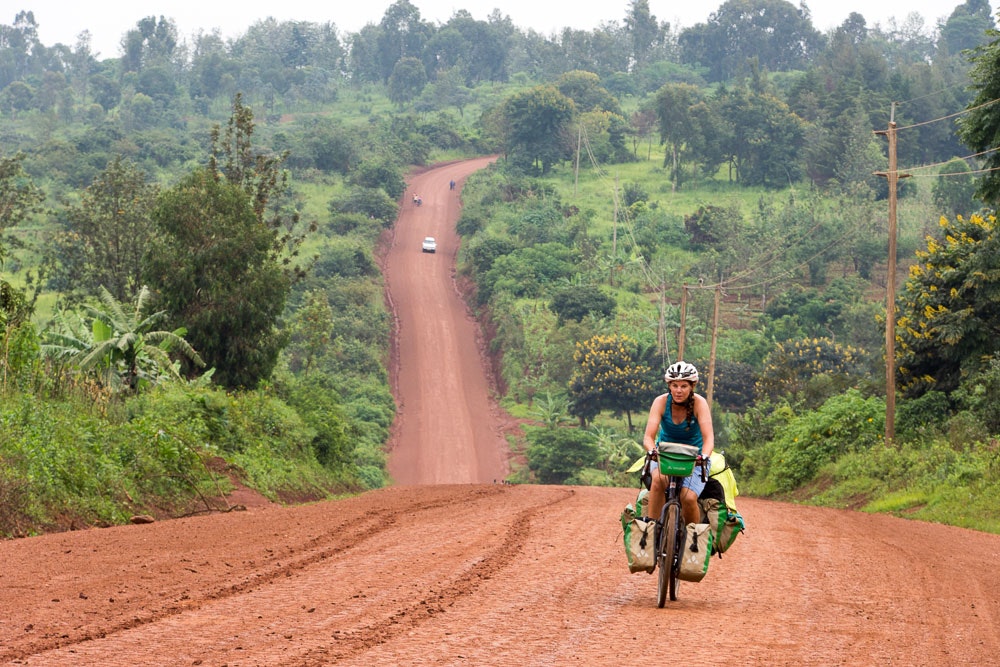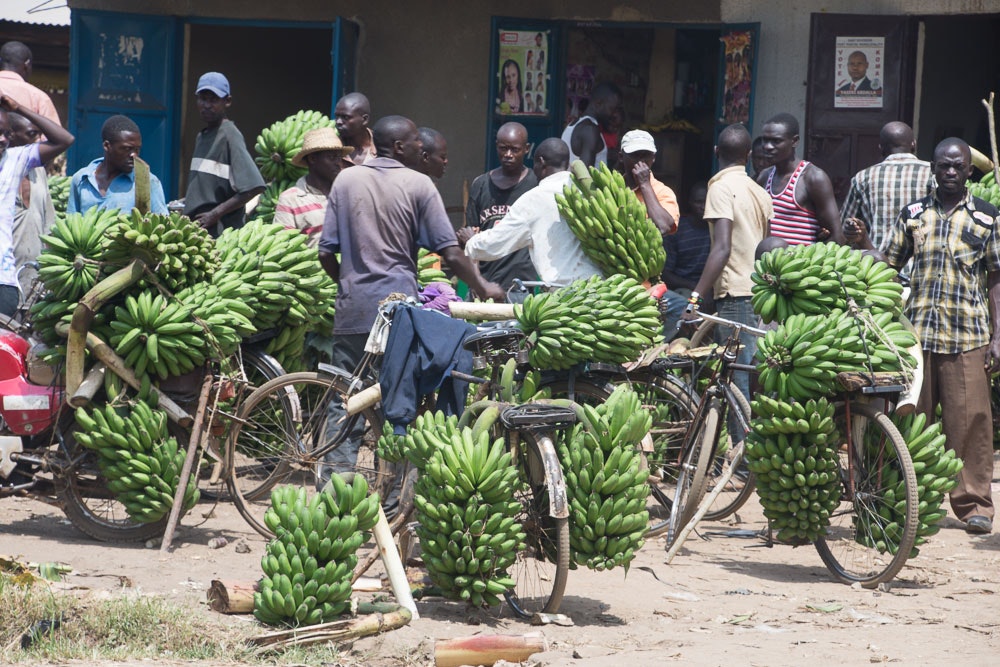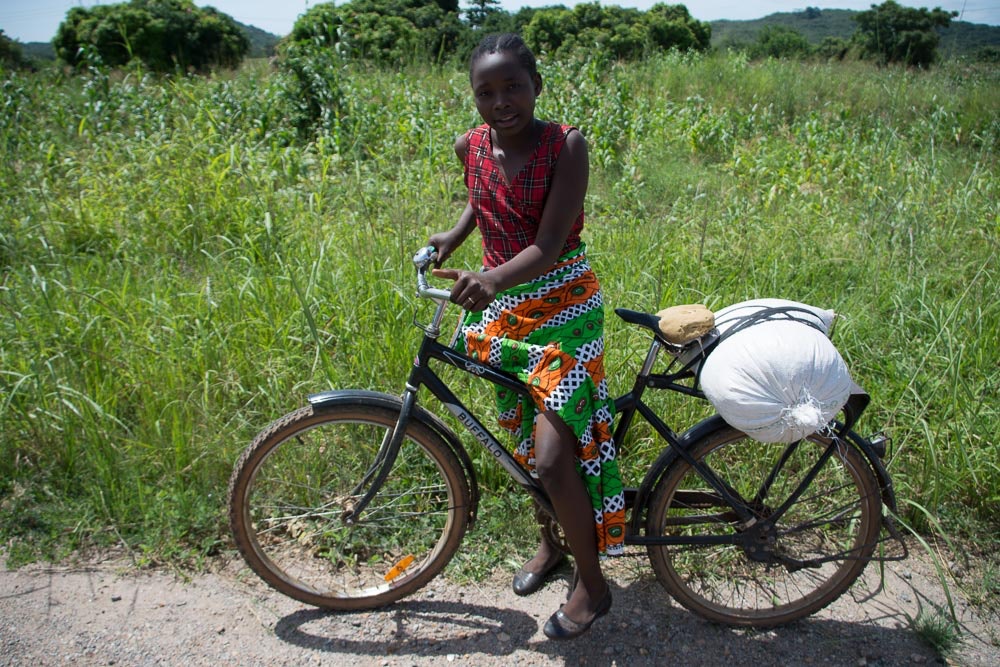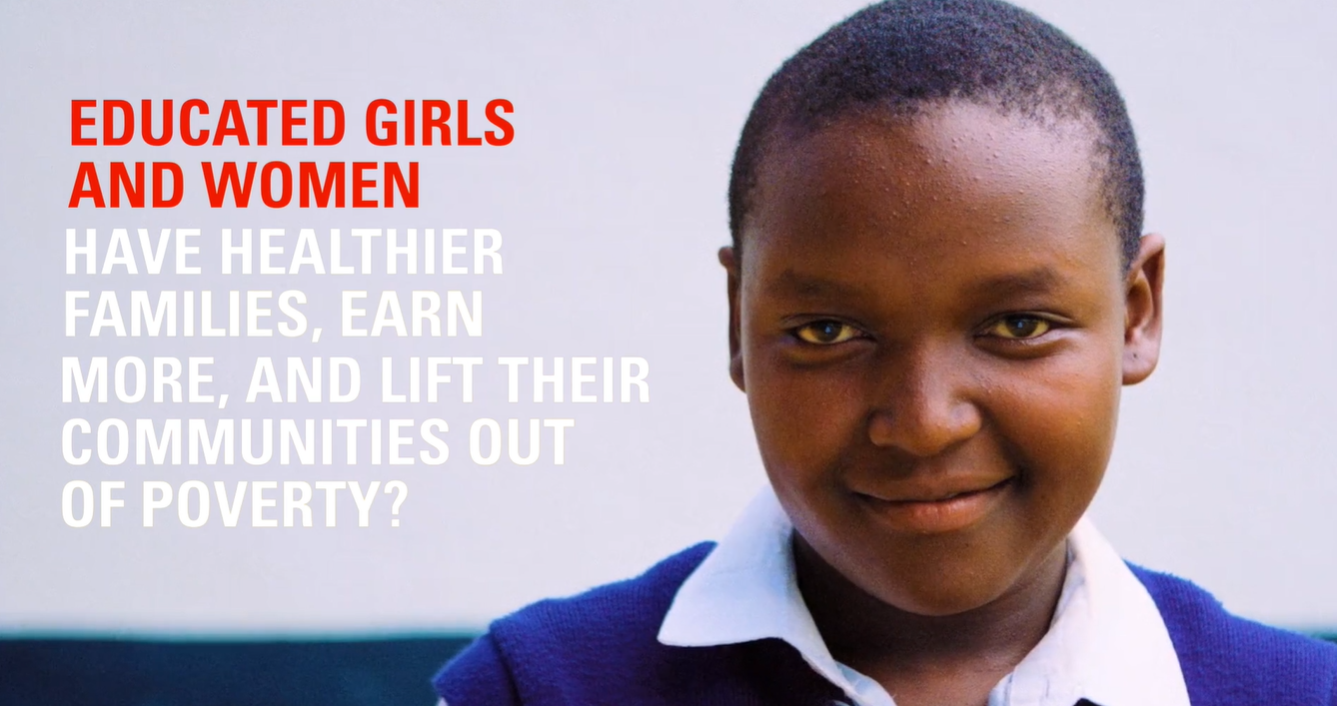A few years back, I embarked on a journey of a lifetime when I cycled from London to Cape Town. We travelled through deserts, over mountains, into tropical rainforest and across dry African savannah. with temperatures souring up to 50 degrees Celsius and rain so heavy that it’s filled a tea mug in 20 minutes. And no bike tour is complete without a trip to a hospital, a cracked rib and yet some extreme stomach upsets.

Little did I know when we set off however, was that I was going to learn first hand just how different the access to bicycles for women was as I crossed from Europe into Asia, and then Africa. But more importantly, just how powerful a bicycle can be for a woman, anywhere in the world to improve mobility giving access to education, healthcare and commerce.
“Despite the ever-changing environments that we travelled through, one thing struck me about our journey: the power of bicycles.”
It’s actually the strapline of the charity World Bicycle Relief who we were raising funds for, and in the midst of a global pandemic, these words have never felt more relevant as the charity continues to work tirelessly to supply bicycles to front line health workers.
As we made our journey, we noticed incredible differences in the ways in which people were getting around, and using bicycles. In Europe, bicycles were used for leisure, and short commutes, but as we entered Eastern Europe, and into Turkey, they all but disappeared, bar a couple of male cyclists you’d see from time to time. By the time we’d hit countries like Jordan, Egypt, Sudan they had all but disappeared in rural areas, and it was men using them in towns and villages exclusively. It wasn’t until we arrived into East Africa that the bicycle re-emerged and had seemingly replaced the donkey as the chosen form of transport for many millions of Africans. It’s here that bicycles are used to get to school or work, as taxis and to carry an incredible variety and quantity of goods to and from the fields and markets.
I never ceased to be amazed by what a bicycle can carry; we saw sugar cane, firewood, charcoal, bricks, sofas, hay, rice, maize, chicken, people and even a motorbike being carried on bicycles, most of which don’t even have brakes. Without a bicycle, many millions of people across Africa would be trapped within their villages unable to get an education, have access to healthcare or expand their markets.

Without access to bicycles, many woman will never get access to the basic tools they need for a progressive livelihood.
By the time we reached Zambia (where WBR have extensive Buffalo Bicycle programmes), we had started to enjoy seeing many more women and girls on bicycles. They were using their two wheeled companions to get to school, work or to travel to the market. In fact, once we’d reached Zambia the women would cheer me along as I cycle whilst beaming the most wonderful smiles at me. It was a very welcome change in attitude.

World Bicycle Relief was set up in 2005 by the founder of SRAM, F.K Day. Now well established across much of Africa (and further afield), the charity uses bicycles to help mobilise people across the continent. They have a vision of a world where “Distance is no longer a barrier to independence and livelihood”. World Bicycle Relief has custom designed the Buffalo Bike, a bike designed for big loads on African roads. These bikes are designed to last, with parts that are compatible with what is available to buy on local markets so that they are easily repaired and maintained.
Studies that have been done in Uganda and Tanzania show that a bicycle can increase household income by up to 35 per cent and on a micro level, a bicycle can be seen as one of the best means of eradicating rural poverty within developing countries.
Did you know?

In many rural areas children have to travel up to 10km each way to get to school, especially those wanting to continue onto secondary school. Students with bicycles will arrive at school safely and on time and, importantly, not exhausted from walking for two hours to get there. They will also be more likely to remain in education and WBR has found that grades and attendance rates improve after a student is given a bicycle. When students are given a Buffalo Bike, their family will also benefit, as they are able to use the bike outside of school hours. In a study that World Bicycle Relief conducted on a catchment area of 12 schools in Zambia who had benefited from Buffalo Bikes, it was discovered attendance improved by 27 per cent and performance by 59 per cent.
WBR Research has found that:
- A bicycle can increase household income by 35%
- In Zambian schools where children had Buffalo bikes, absenteeism decreaed 28%, 66% more kids arrived on time
- In those same schools, performance was up 59%
- For girls studied in Zambia, they expereinced 22% less harassment, increasing their safety and self esteem
We stopped in one village which had been donated 200 Buffalo Bikes for children to get to school on. Unprompted, a local shop keeper told us how it had changed the lives of the entire village – he told us how the kids were now going to school but also how much the village had benefited from having access to bikes. To see the direct benefit that the bicycles were having was heart warming.
It’s easy to forget how important a bicycle is when we use them for convenience and recreation but, having seen first hand just how powerful a bicycle is in rural Africa, it’s made me more passionate than ever to continue mobilizing women across Africa through the simple yet life changing gift of bicycle.
We are still so far from gender equality in the western world, however, we can make a substantial change to the chances of young women by giving the the power of a bicycle. £120 will buy a Buffalo Bike. That’s it. You can donate here.